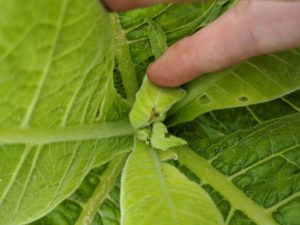
Steward Insecticide Registered in Tobacco
A new insecticide, Steward, has recently been registered in tobacco. Steward, with the active ingredient indoxacarb, is labeled for …



El inglés es el idioma de control de esta página. En la medida en que haya algún conflicto entre la traducción al inglés y la traducción, el inglés prevalece.
Al hacer clic en el enlace de traducción se activa un servicio de traducción gratuito para convertir la página al español. Al igual que con cualquier traducción por Internet, la conversión no es sensible al contexto y puede que no traduzca el texto en su significado original. NC State Extension no garantiza la exactitud del texto traducido. Por favor, tenga en cuenta que algunas aplicaciones y/o servicios pueden no funcionar como se espera cuando se traducen.
Inglês é o idioma de controle desta página. Na medida que haja algum conflito entre o texto original em Inglês e a tradução, o Inglês prevalece.
Ao clicar no link de tradução, um serviço gratuito de tradução será ativado para converter a página para o Português. Como em qualquer tradução pela internet, a conversão não é sensivel ao contexto e pode não ocorrer a tradução para o significado orginal. O serviço de Extensão da Carolina do Norte (NC State Extension) não garante a exatidão do texto traduzido. Por favor, observe que algumas funções ou serviços podem não funcionar como esperado após a tradução.
English is the controlling language of this page. To the extent there is any conflict between the English text and the translation, English controls.
Clicking on the translation link activates a free translation service to convert the page to Spanish. As with any Internet translation, the conversion is not context-sensitive and may not translate the text to its original meaning. NC State Extension does not guarantee the accuracy of the translated text. Please note that some applications and/or services may not function as expected when translated.
Collapse ▲
A new insecticide, Steward, has recently been registered in tobacco. Steward, with the active ingredient indoxacarb, is labeled for …
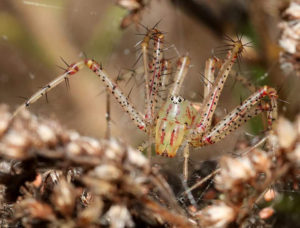
Chatham Conservation Partnership conducted a webinar on SPIDERS on October 15, 2020, and we had a great turnout of about 130 …
Recent weather conditions have favored several diseases in tobacco. Most pathogens that we manage in tobacco are most severe …
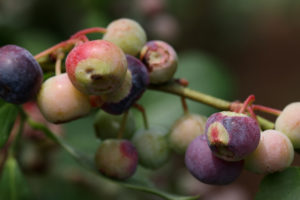
I recently visited a small Chatham County blueberry farm and found some of the bushes were infected with Exobasidium, …
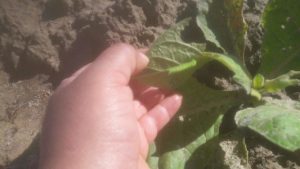
This is the ninth weekly TSWV and tobacco thrips risk assessment update. Third generation flights have now occurred at all …
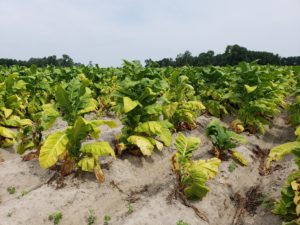
This is the sixth of our weekly TSWV and tobacco thrips risk assessment updates. Third generation flights have now …
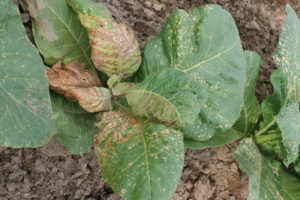
This is the third of our weekly TSWV and tobacco thrips risk assessment updates. Cool weather has continued to …
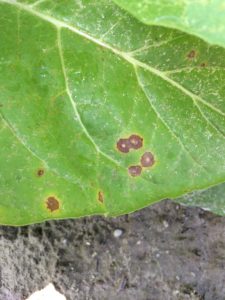
April 9, 2020- As upside down as the world seems right now, the 2020 tobacco season continues to march forward. …
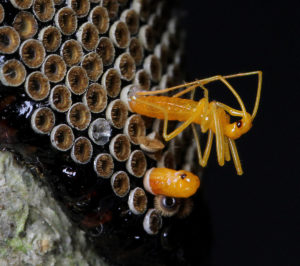
The wheel bug, Arilus cristatus, is North Carolina’s largest assassin bug. It gets its name from the prominent spiny …

Managing tomato spotted wilt virus (TSWV) in North Carolina tobacco requires both pre transplant and post transplant decisions, which …
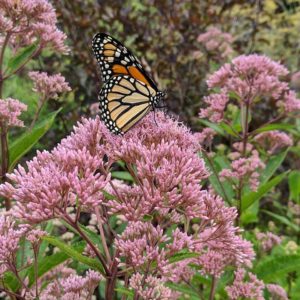
Photos by Debbie Roos, N.C. Cooperative Extension of Chatham County In late 2008, I planted a demonstration pollinator garden at Chatham …
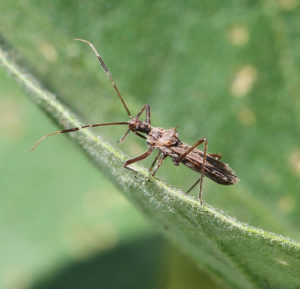
One of my duties as an Agriculture Agent for North Carolina Cooperative Extension is to help farmers when they …
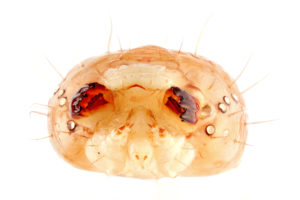
Tobacco budworms (Heliothis veriscens) and corn earworms (Helicoverpa zea) are two common crop-damaging caterpillars. They both feed on a …

As part of our annual flue-cured tobacco production surveys, we ask county extension agents questions about current insect pest-control …
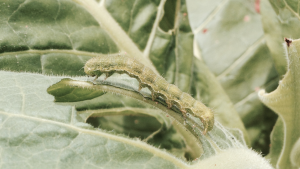
The insecticide toolbox in tobacco has changed significantly during the past year. As many growers and extension personnel are …
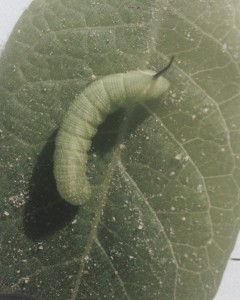
As part of our annual flue-cured tobacco production surveys, we asked county extension agents questions about current insect pest-control …
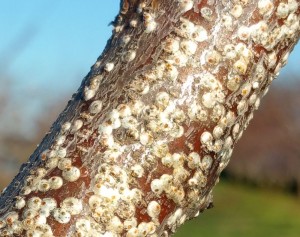
If you have fruit trees, now is a good time to inspect them for scale insects. White peach scale …

This factsheet describes the biology and disease control of Southern Blight in Herbaceous Ornamentals
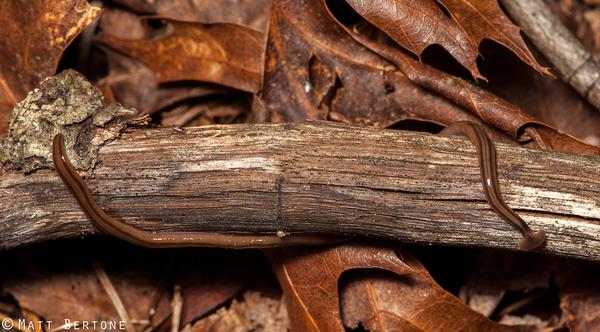
This factsheet offers information on the identification and management of various flatworms that may be …
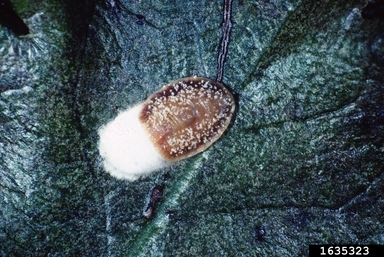
This article will cover two important scale insect pests of blueberries in North Carolina, terrapin …
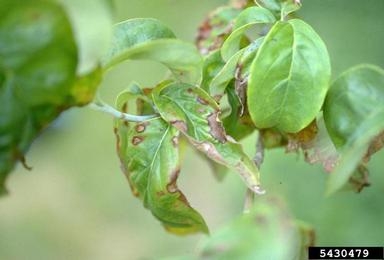
This fact sheet compiles common disease of dogwood trees (Cornaceae) in North Carolina. It contains …
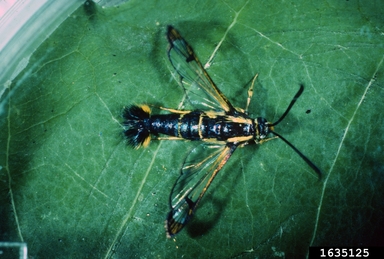
This fact sheet compiles common arthropod pests of dogwood trees (Cornaceae) in North Carolina. It …
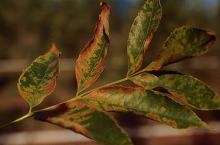
This factsheet describes several diseases that impact the health of ash trees.
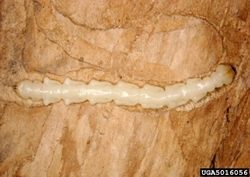
This factsheet provides descriptions of several pests of Ash trees in North Carolina. It describes …

This factsheet provides brief descriptions of common disease pests of maple (Acer spp.) in North …